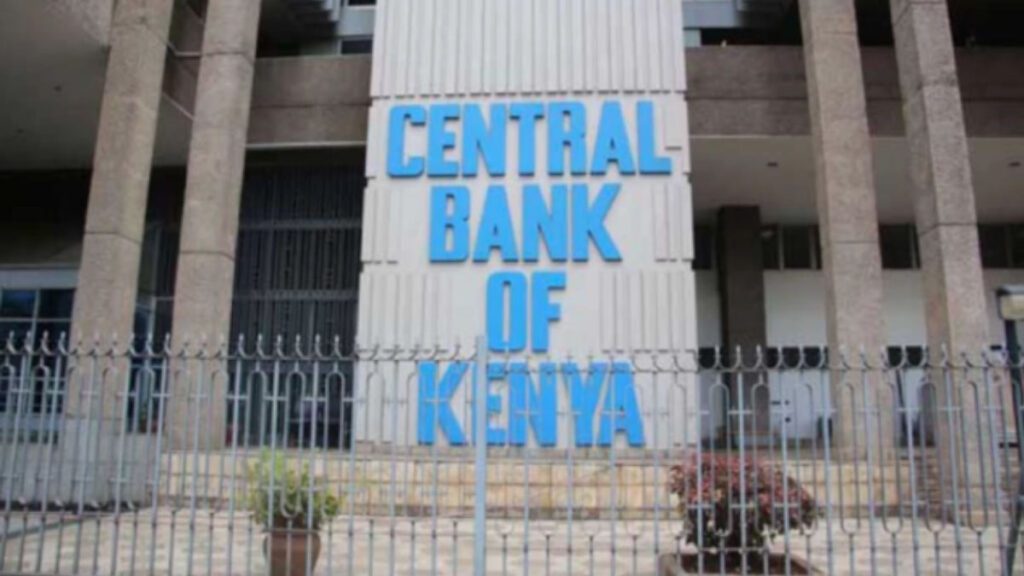The Central Bank of Kenya (CBK) and the Kenya Bankers Association (KBA) have launched a nationwide customer experience survey aimed at revamping the Total Cost of Credit (TCC) website, a digital platform designed to promote transparency in Kenya’s loan market.
The TCC website, first introduced in June 2017, enables borrowers to compare the comprehensive cost of credit across all commercial banks and financial institutions. It takes into account not only interest rates but also additional charges such as legal fees, insurance premiums, and processing fees. The goal is to empower consumers—particularly small businesses and low-income earners—to make informed borrowing decisions and avoid hidden loan costs.
Adapting to a Changing Financial Landscape
In a press release issued on July 7, 2025, the CBK acknowledged the TCC platform’s important role in promoting transparency but noted that it had not kept pace with the rapidly evolving financial services sector. Since its launch, the market has witnessed significant shifts, particularly with the widespread adoption of risk-based pricing models and digital lending platforms.
“As of September 2024, all 38 commercial banks in Kenya had adopted risk-based pricing,” the CBK stated. “The website has not kept up with the evolving financial landscape hence prompting the need to revamp the platform.”
The ongoing survey seeks public feedback on several features of the TCC platform, including the ease of use of the website, the effectiveness of the TCC calculator, and the accuracy and relevance of data presented—especially with the emergence of new digital loan products. Borrowers are also being asked how the platform has influenced their borrowing decisions.
Proposed Changes to Loan Pricing Formula
The survey coincides with broader reforms underway in Kenya’s credit market. In April 2025, CBK proposed a new loan pricing framework in which commercial banks would tie lending rates to the Central Bank Rate (CBR), plus a bank-specific premium “K”, reflecting the lender’s operating costs, risk profile, and profit margins.
The proposed model is intended to enhance transparency and ensure that monetary policy changes are more directly reflected in the cost of loans. However, the Kenya Bankers Association has raised concerns that the framework bears similarities to the interest rate caps that were repealed in 2019. Those caps, which fixed lending rates at no more than 4% above the CBR, were blamed for reducing credit access to small and medium enterprises (SMEs) and other high-risk borrowers.
KBA argues that pricing should be market-driven, with rates pegged to interbank rates and broader market dynamics rather than a central formula. “Any standardised pricing model must account for credit risk differentiation and operational realities,” KBA stated in a recent position paper.
Lending Rates and Transparency Tools
Despite differing positions on pricing mechanisms, both CBK and KBA agree on the importance of enhancing loan pricing transparency. The TCC platform remains a cornerstone of these efforts, providing consumers with a standardised method for calculating the Total Cost of Credit (TCC) and the Annual Percentage Rate (APR).
The website includes interactive calculators for secured loans, unsecured loans, and mortgages—tools that are especially critical in an environment where lending rates continue to vary significantly. As of May 2025, Kenya’s average lending rates ranged from 15.4% to 26.5%, depending on the institution and loan product.
These disparities highlight the importance of platforms like TCC, particularly for borrowers navigating the country’s complex credit market. For SMEs and households already grappling with inflation and reduced liquidity, the ability to compare loan offers in real time can mean the difference between manageable credit and a debt trap.
Looking Ahead
The CBK’s survey represents a renewed push to align consumer protection tools with modern financial realities. While final timelines for the TCC website revamp have not been disclosed, CBK has indicated that the new version will integrate updated data, improved user interface features, and a stronger emphasis on digital and risk-based lending transparency.
Kenyan consumers, especially small business owners, are being encouraged to participate in the survey and contribute feedback that will shape the future of the country’s most important public loan comparison tool.

